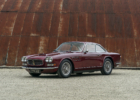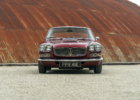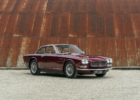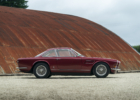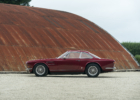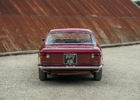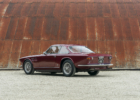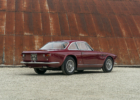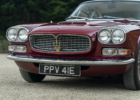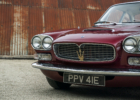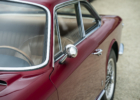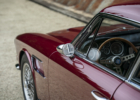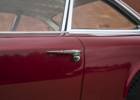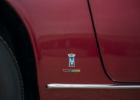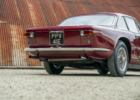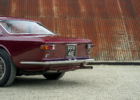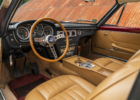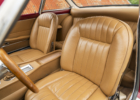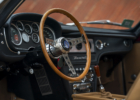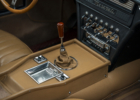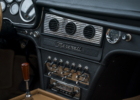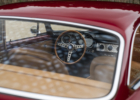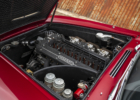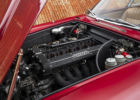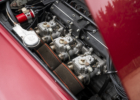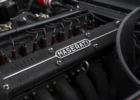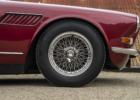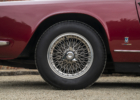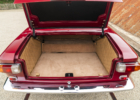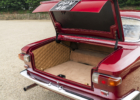1967 Maserati Sebring 3700 GTi Series II
- One of fewer than 250 Series II Sebrings
- Imported to England in 2000 and fully restored
- Recent engine and gearbox rebuild by McGrath Maserati
- Comprehensive history file complete with restoration photographs
| YEAR | 1967 |
| MAKE | Maserati |
| PRICE | £149,000 |
VEHICLE DESCRIPTION
As a late-model Series II, this superb Maserati Sebring benefits from the more powerful 3.7-litre engine and is beautifully presented in Rosso Cordoba. With its understated elegance, it perfectly embodies the appeal of Italian grand tourers from the 1960s, and is one of fewer than 250 Series II Sebrings to have left the Modena factory.
Originally built in June 1967, it was finished in Azzurro Vincennes with a Senape interior, and was delivered that month to a Dr Gennaro in Milan. It spent a few years in the USA during the late 1980s before subsequently being acquired by a European owner. Along the way, the original Lucas fuel-injection system was removed and replaced with Weber 42DCOE carburettors on a 3500GT inlet manifold.
The Maserati was imported to England from Germany in October 2000, and the new owner soon embarked on a lengthy restoration process. The work was carried out by Beacon Hill Garage in Surrey and continued until 2010, and is recorded in two photograph albums.
Since then, this Sebring has been maintained regardless of cost by renowned marque specialist McGrath Maserati, with a series of invoices being testament to the level of care that it’s received. In addition to regular servicing work, the front uprights were rebuilt in 2018, some paint rectification work was carried out in 2021, and the engine and gearbox were rebuilt during late 2022 and into 2023.
Most recently, it was given a thorough service by McGrath Maserati in March 2024. The end result is an extremely well-sorted Sebring that is being offered for sale in exceptional condition.
It comes with an extensive history file that details all of the work that’s been carried out since its arrival in the UK, plus a copy of the May 2019 issue of Auto Italia, in which it was the subject of a five-page article. After spending the day with it, the magazine’s writer concluded that he’d been ‘genuinely seduced by its subtle charms … All in all, a lovely machine.’
MODEL HISTORY
Maserati had achieved great motorsport success during the 1950s, but had built production road cars in only very small numbers until the 1957 introduction of the 3500GT. This stylish new model drew on Maserati’s racing experience but would be produced in far greater quantities than previous road cars.
Originally launched as a 2+2 coupé, the 3500GT featured bodywork by Touring that was mounted on a tubular chassis. Beneath the bonnet was a 3485cc straight-six that was closely related to the marque’s competition engines and featured twin overhead camshafts, twin-plug ignition and a trio of twin-choke Webers.
Upgrades applied during the model’s production run included a five-speed gearbox in place of the previous four-speeder and all-round disc brakes, while the 3500GTI gained a Lucas fuel-injection system that would also be used on the Sebring.
First seen in prototype form at the 1962 Geneva Motor Show, this new model – said to be named for Maserati’s victory in the 1957 Sebring 12 Hours – was based on the short-wheelbase chassis of the 3500 Vignale Spyder. Suspension was independent at the front via wishbones and coil springs, with a live axle and semi-elliptic leaf springs at the rear. Steering was by recirculating ball, and options included a Borg-Warner automatic gearbox, air-conditioning and a limited-slip differential.
At more than £5000 in 1963, the expensive and exclusive Sebring occupied a rarefied spot at the top end of the 1960s GT market, with its few rivals including the Ferrari 330 GT and Aston Martin DB5. Autocar recorded a top speed of almost 140mph when it tested a Sebring and said: ‘Undoubtedly the jewel in this car is its splendid engine, which is virtually beyond criticism.’
A facelifted Series II Sebring was introduced in 1965, when the engine was enlarged to 3.7 litres. A 4-litre variant producing just over 250bhp was also offered, but sales began to fall away after the announcement of the V8-powered Ghibli and production ended in 1968.
ENQUIRE NOW
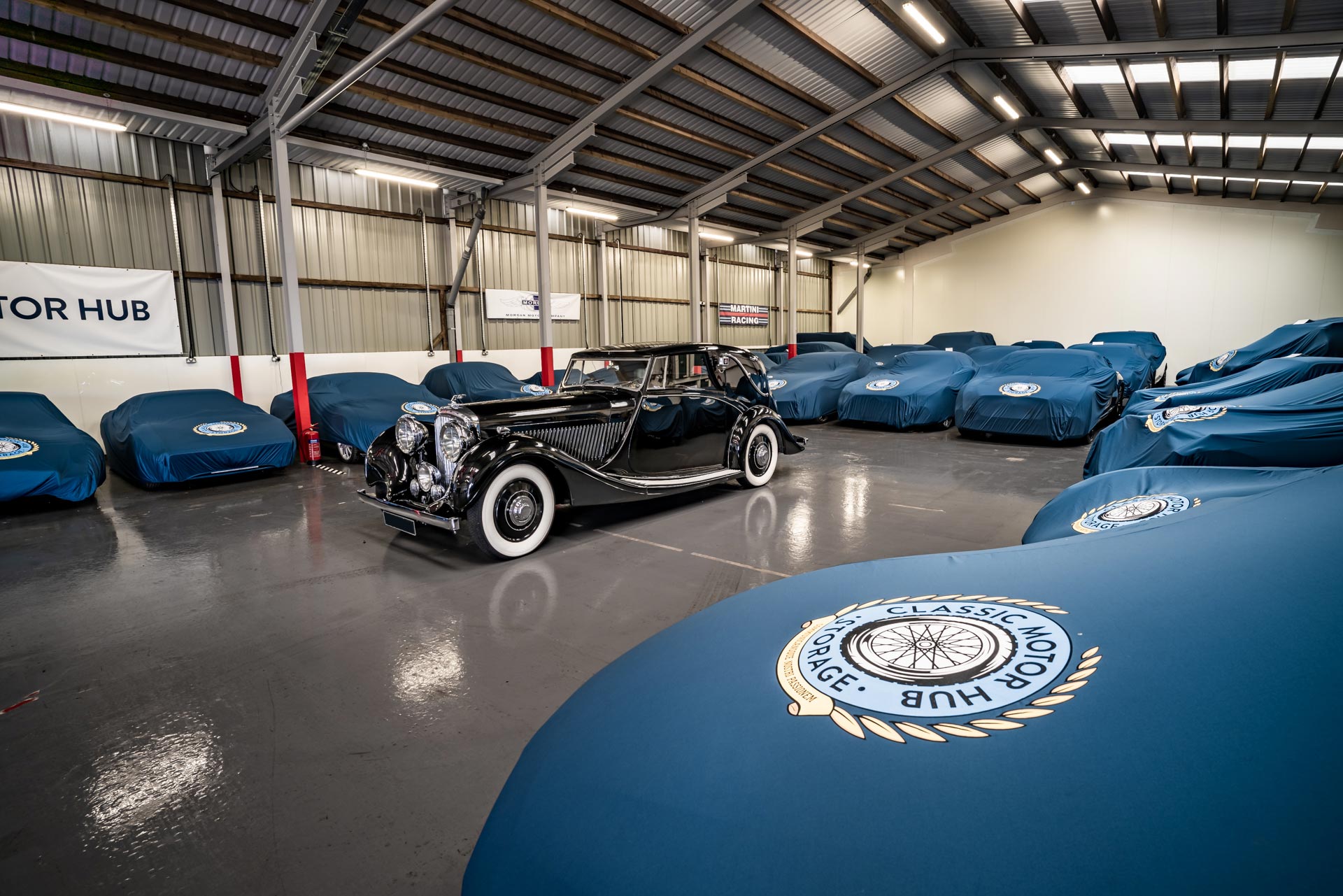
Car Storage In The Cotswolds
OXFORDSHIRE • GLOUCESTERSHIRE • COTSWOLDS


